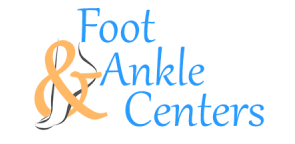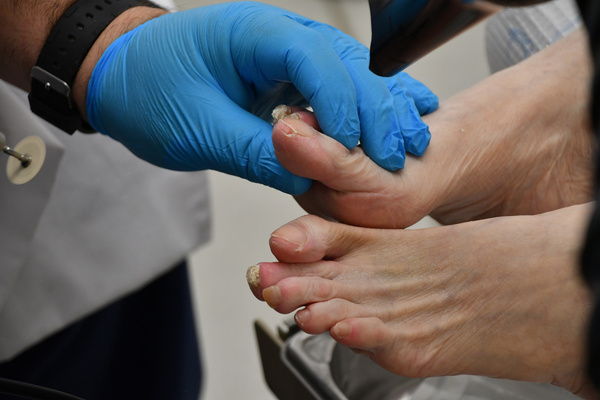How to Break Up Scar Tissue After Bunion Surgery
Bunion surgery – known technically as a bunionectomy – is the only effective way to treat severe bunions, returning the foot back to its normal shape. However, the procedure is extremely intensive, involving either a complete realignment of the big toe joint or the removal of the bunion. In some cases, your surgeon will use screws and metal plates to correct the deformity. Today, we look at how to break up scar tissue after bunion surgery.
Like all operations, patients need time to heal and recuperate as their foot settles back to normal. However, all this internal damage – whilst essential – can lead to scar tissue formation. Scar tissue is a form of fibrous tissue that occurs when normal tissue is destroyed by injury or disease. Surgery is often a major culprit.
Medically, we call this "arthrofibrosis," – and it can restrict joint motion and cause discomfort in patients post-surgery. That's why we're answering "how to break up scar tissue after bunion surgery" in this post.
How to break up scar tissue after bunion surgery
Breaking up scar tissue isn't easy. Further surgeries or interventions aren't advised, as they will only contribute more damage to the affected area. What's needed is a mild yet effective solution to gradually break down the scar tissue, allowing a return of motion and pain-free use.
Here's what we advise:
Physical therapy
Physical therapy is routinely used to help conditions involving a buildup of scar tissue. Through gentle exercise, the scar tissue is removed in a non-intensive manner.
Stretching. Performing stretches will gradually improve your flexibility and increase your range of motion – which, by definition, means a reduction in the underlying scar tissue.
Soft tissue mobilization. This technique is a form of massage. Your therapist will use their hands on your muscles, ligaments, and fascia to open up your joint and improve muscle function.
Myofascial release. By applying light sustained pressure to your myofascial connective tissue, your therapist will help restore motion, eliminate pain, and break down your scar tissue.
Therapists may also use instruments to rub against your muscles and joints to break up the scar tissue. It's typically used as an alternative to the hands-on approach.
Home remedies
While it's valuable to seek help from a professional, there are several techniques you can try at home. Consider which one will work best for you:
Massage. You can either perform the massage yourself, ask a friend, relative, or partner, or see a masseuse. Try massaging the foot for about 10 minutes, two times per day. It will loosen the underlying scar tissue and help decrease the sensitivity.
Taping. Taping around the scar tissue area will reduce the tension, soothing pain and discomfort. It may not necessarily produce as impressive results as more effective techniques.
Silicone gel. You can topically apply this gel to speed up the healing process of scar tissue.
Exercise programs. Gentle exercises are among the most effective ways to reduce pain, support your joints, and break down scar tissue. Focus on exercises that strengthen the foot and calf – particularly the peroneus longus and soleus muscles.
Laser therapy
Laser therapy is increasingly used to promote the growth of healthy collagen. Compared to other techniques, it's not as effective. However, it is 100% non-invasive and can produce satisfactory results combined with other techniques.
Speak to your doctor or podiatrist about exploring laser therapy.
Bunion splints and spacer
Bunion splints and spacers are often marketed as a correction device for bunions. The evidence for this is minimal. Where these devices do work is in minimizing and eliminating scar tissue post-operatively.
There are three main types of bunion splints:
Soft bunion splints use lightweight foam or gel to reduce pressure in your shoe. They're mostly worn at night.
Rigid bunion splints hold the toe in place, stretching the toe muscles and tendon to prevent bunion recurrence and reduce scar tissue.
Hinged bunion splints combine the two former splints but allow the toe to flex while working.
Speak to your podiatrist about post-operative scar tissue
You should consider the abovementioned solutions if you've recently had a bunion operation. Being proactive can prevent substantial scar tissue formation and relieve any pain or discomfort you may feel.
Regardless of this complication, most people are content with the results of bunion surgery. While scar tissue can go away on its own, physical therapy, home remedies, toe exercises, bunion splints, and spacers will speed up the process.
Our expert podiatrists are happy to advise you on the best course of action – or discuss the possibility of bunion surgery if necessary.


